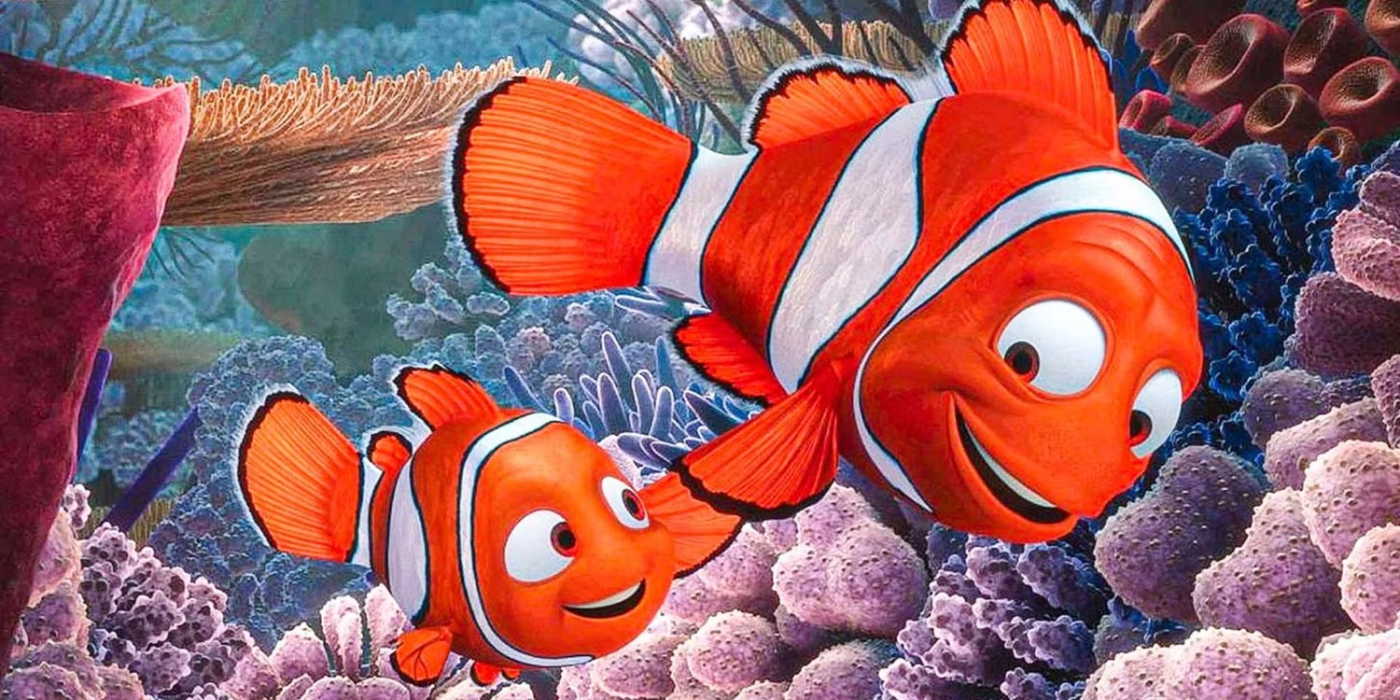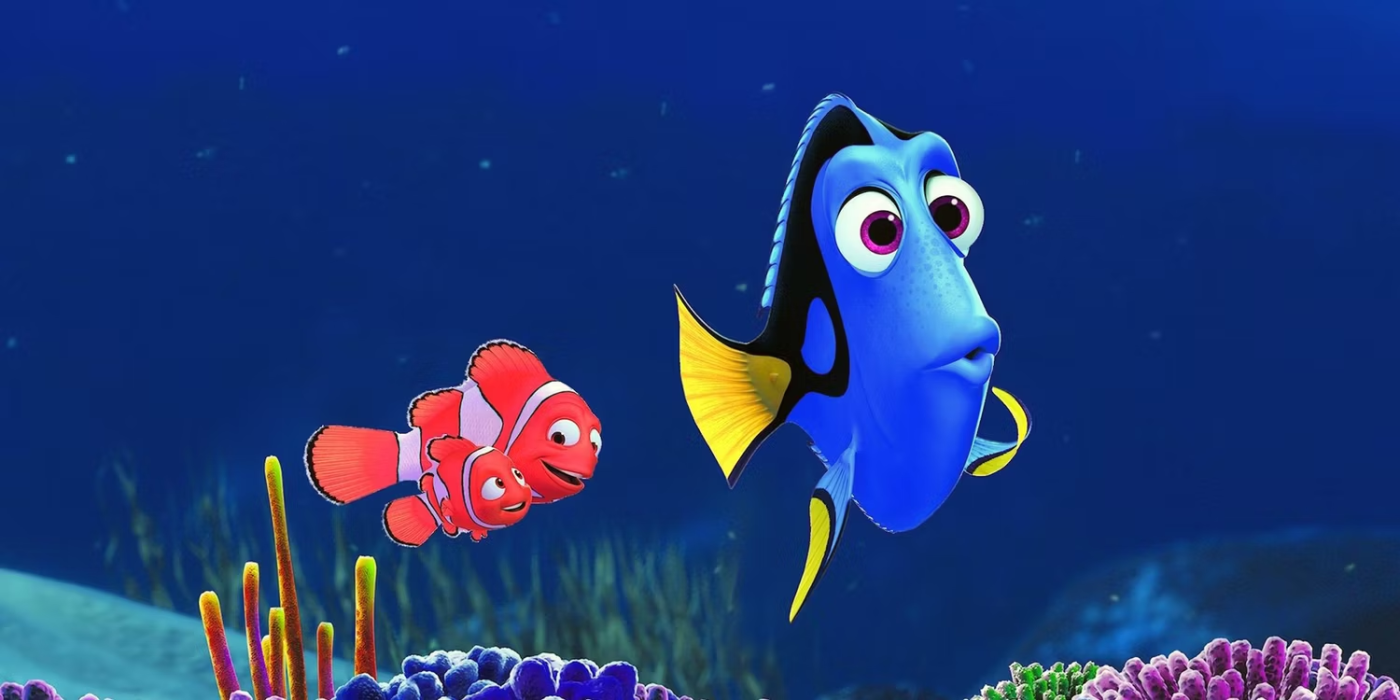Disney
‘Finding Nemo’ Has a Surprisingly Horrible Legacy
“To what extent is the ‘Nemo Effect’ real?
Pixar’s Finding Nemo, a heartwarming tale of a neurotic clownfish searching for his son, has captured the hearts of audiences worldwide. However, beyond its cinematic success, the film’s impact on reality is subject to debate.
When we talk about the dubious legacy of Finding Nemo, we’re not referring to concerned parents fearing their children would imitate Nemo and get themselves kidnapped. Instead, marine biologists have raised concerns about the film’s influence on the clownfish population in the Pacific. The movie’s popularity led to a surge in people buying clownfish as pets, causing potential harm as clownfish are an endangered species. Moreover, the methods used to capture these fish for the aquarium trade have damaging effects on their natural habitats, posing a threat to the remaining wild populations.
These concerns emerged shortly after Finding Nemo’s release and resurfaced with its 2016 sequel, Finding Dory. However, recent research suggests that the so-called ‘Nemo Effect’ may have been exaggerated. So, how much truth lies behind it? Let’s delve deeper.
Finding Nemo’s impact on the demand for clownfish worldwide:
In 2003, Finding Nemo hit theaters when Pixar was at its peak. With a budget of $94 million, the film grossed over $850 million globally, becoming a huge success. The movie tells a relatable story of a clownfish named Marlin, who embarks on a journey to find his missing son, Nemo, after a traumatic event. This heartwarming narrative seems innocent, but it inadvertently sparked a troubling trend.

Clownfish, known for their vibrant beauty, became immensely popular among owners of marine aquariums. While some are bred in captivity, approximately 75% are captured from the wild. Saving Nemo, a conservation fund established post-release, reports that over a million clownfish are harvested annually to meet the global demand for aquariums. This demand soared after the movie’s release, with fish sellers observing a significant spike. Ironically, Finding Nemo conveyed a message of conservation, making the surge in demand a surprise to many.
This increased interest in clownfish adversely impacted their populations. Not only were these fish being taken from their natural habitats, but the capture methods also had detrimental consequences. In reality, catching clownfish involves spraying them with cyanide, which anesthetizes them and facilitates capture. However, this technique poses risks to the fish’s well-being during transport and can harm the surrounding ecosystem.
Cyanide fishing kills the polyps and algae in coral reefs, transforming these vibrant habitats into desolate environments. The death of coral reefs endangers the survival of clownfish and other species dependent on them. Despite cyanide fishing being illegal in most parts of the world, it remains prevalent due to the high demand for reef fish.
Was the ‘Nemo Effect’ exaggerated?
The Nemo Effect gained significant attention during the release of Finding Dory, as fears arose that the demand for blue tangs would surge. Unlike clownfish, blue tangs cannot be bred in captivity, raising concerns about the environmental impact of their fishing. However, contrary to expectations, no such spike occurred.

A study by researchers from the University of Oxford suggests that the Nemo Effect might have been largely exaggerated, and its origins remain unclear. The study examined online search patterns, fish purchase data, and aquarium visitation data, finding no evidence of a significant increase in clownfish demand. However, they did observe a rise in searches and visits related to clownfish, indicating increased awareness of endangered fish species and their conservation.
Despite these findings, it remains crucial to exercise caution when acquiring clownfish or any marine species for personal aquariums. The Nemo Effect serves as a reminder of the complex consequences that can arise from the influence of popular media on real-world ecosystems.”
We bring out some of the most well-known Disney collection, all of which are available at reasonable costs. Visit our link now if you are interested in the Disney collection


Jiminy Cricket, Bambi, Thumper, Flower, Dumbo

